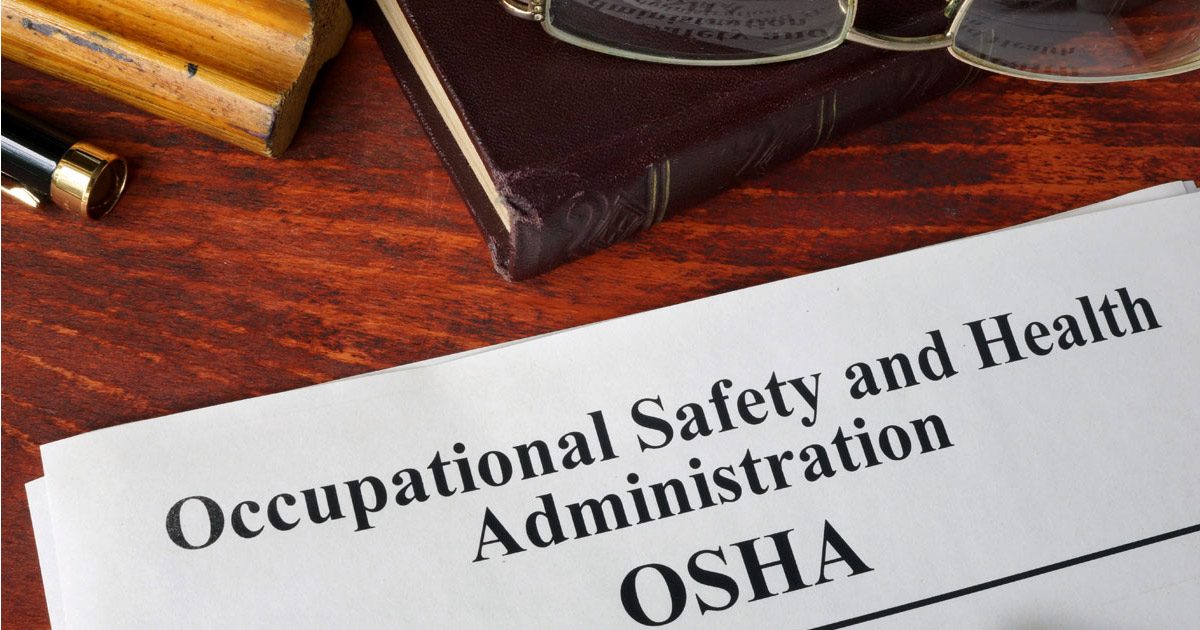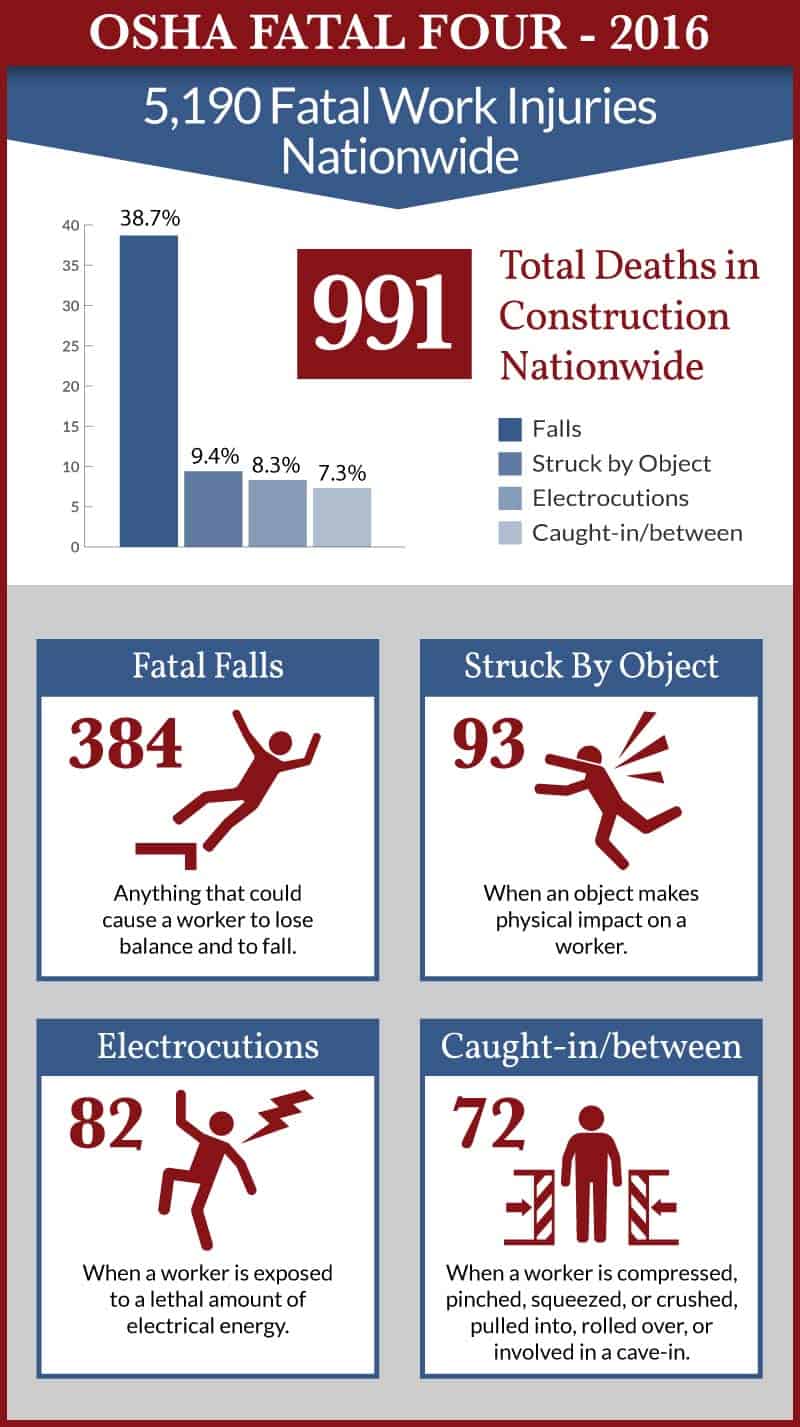OSHA Updates Amputation Enforcement

The Occupational Safety and Health Administration (OSHA) recently updated its National Emphasis Program (NEP) on amputations. The purpose of the NEP is to reduce amputation injuries in industries with hazardous machines and equipment and in workplaces where amputations occurred. OSHA defines amputation as a traumatic loss of limb or other external body part. In industries where machines or equipment are likely to cause amputations, OSHA’s NEP applies. Such workplaces include:
- Commercial printing
- Meat and poultry processing plants
- Wood industries
- Plastics industries
- Steel manufacturing facilities
- Bakeries
- Other industries with amputation hazards, such as slicers, grinders, and presses
To identify, reduce, and eliminate amputation hazards in manufacturing industries, OSHA has provided updated guidance pertaining to its targeting methodology.
OSHA Amputations Targeting Methodology
When selecting workplaces for inspection, OSHA will select industries that have:
- Forty or more federal OSHA inspections for the calendar years of 2015-2018 that relate to the five selected amputation-related OSHA standards.
- BLS rates of 7.5 per 10,000 full-time workers or greater for any one year. This is based on BLS data from the calendar years of 2014 to 2017 that reflect incidence rates for nonfatal occupational injuries and illnesses involving days away from work.
- NAICS codes with 50 or more amputations per year for the calendar years of 2014 to 2017.
- NAICS codes with 25 or more employer-reported amputations for the calendar years of 2015 to 2018.
OSHA will continue to focus on high-hazard industries in the upcoming year. Its new enforcement activities will be preceded by a three-month education and prevention outreach period. Prior to undergoing inspections under the new NEP, manufacturing industries with qualifying NAICS codes will be offered the opportunity to participate in outreach programs. These programs are designed to identify and eliminate hazards associated with amputations and machinery.
Amputation Hazards in the Workplace
There are various amputation hazards in the workplace, particularly in industries that utilize power presses, conveyors, saws, and other high-risk machines and equipment. Thousands of workers suffer amputation injuries each year, according to OSHA. Most accidents involve compression, crushing, or being struck by an object.
Employers have a legal duty to provide workers with safe workplaces, free from known hazards that are likely to cause serious injury or death. They must also comply with the applicable OSHA standards for their industry. For example, those who service or maintain machines and equipment must properly control hazardous energy.
OSHA’s lockout/tagout practices and procedures aim to safeguard workers from injury, including amputation, burns, and electrical shock. Employers must also comply with OSHA’s machine guarding standard, one of the most frequently cited violations and a common cause of amputations in the workplace.
Those who have lost a limb or other external body part in a work accident may be entitled to Workers’ Compensation benefits, including payment for medical treatment, disability, and vocational rehabilitation. Injured workers should discuss their case with a local attorney as soon as possible; the statute of limitations for a Workers’ Compensation claim in Pennsylvania is three years from the date of injury.
Bucks County Workers’ Compensation Lawyers at Freedman & Lorry, P.C. Advocate for Workers Who Have Suffered Amputations
If you suffered an amputation due to a work-related injury, contact one of our Bucks County Workers’ Compensation lawyers at Freedman & Lorry, P.C. today. Our experienced attorneys can help you recover the maximum compensation available in your case. Contact us online or call us at 888-999-1962 for a free consultation. Located in Philadelphia, Cherry Hill, New Jersey, and Pinehurst, North Carolina, we serve clients throughout Pennsylvania.
